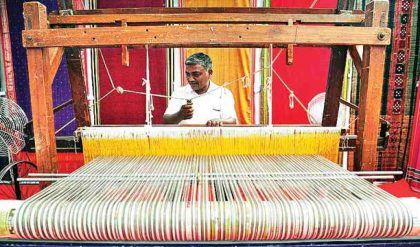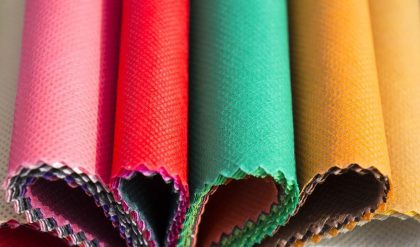Cotton is obtained plant source and it is classified as a natural material as it is obtained from the seeds of cellulose seed fibre staple fibre measuring 10- 65mm in length and white to beige in color in its natural state. It is composed basically of a substance called cellulose.
As cotton occupies 50% of the consumption of fibres by weight in the world it is called as the king of all fibres. Cotton is the fabric for every home and is the most widely produced of textile fabrics today. It has now been proved that India was the first country to manufacture cotton.
Among the recent findings at Mohenjo-Daro were a few scrapes of cotton sticking to the side of a slivers vase. Cotton is the white downy covering of the seed grown in the pods. The cotton plant grown in the tropics needs a climate with 6 months of summer weather to blossom and produce pods.

The cotton fibre is the shortest of all the textile fibres. Its length varies from 8/10 of an inch to 2 inches. Cotton with short length fibres is technically known as “short staple”. The one with the long fibres is called “long staple” and it more used since it is used for making fine qualities of cloth. Long staple is especially suitable as it is easy to spin and produces a strong smooth yarn. It is also suitable for mercerization a finishing process used to improve the absorbency, strength and luster of fibre.
Cultivation of cotton
The principal cotton producing regions are Egypt, southern United States, India, Brazil the western and southern cost of America and East Indies. It requires 200 days to continue warm weather with adequate moisture and sunlight. Frost is harmful to the plant. March and April months are suitable for plantation. America produces more than 40% of the world’s cotton. India ranks second to the United States as a producer and exporter of cotton.



